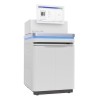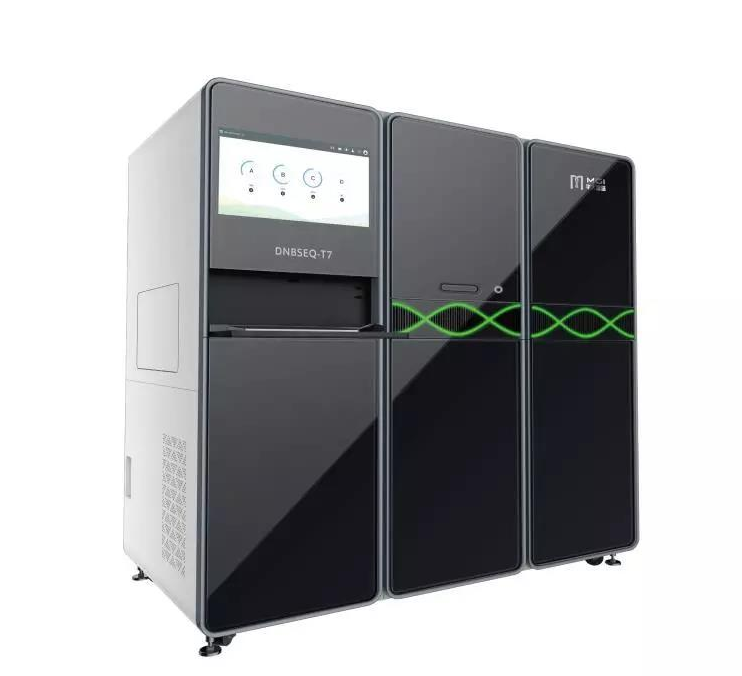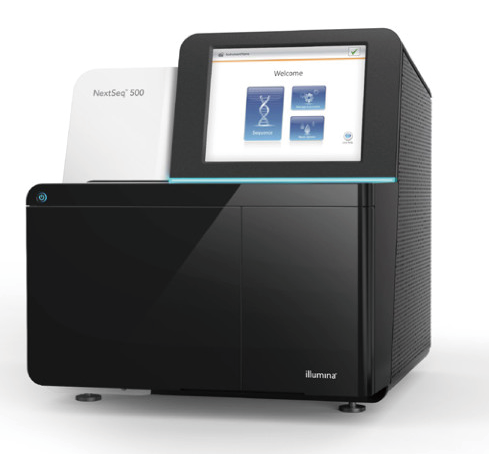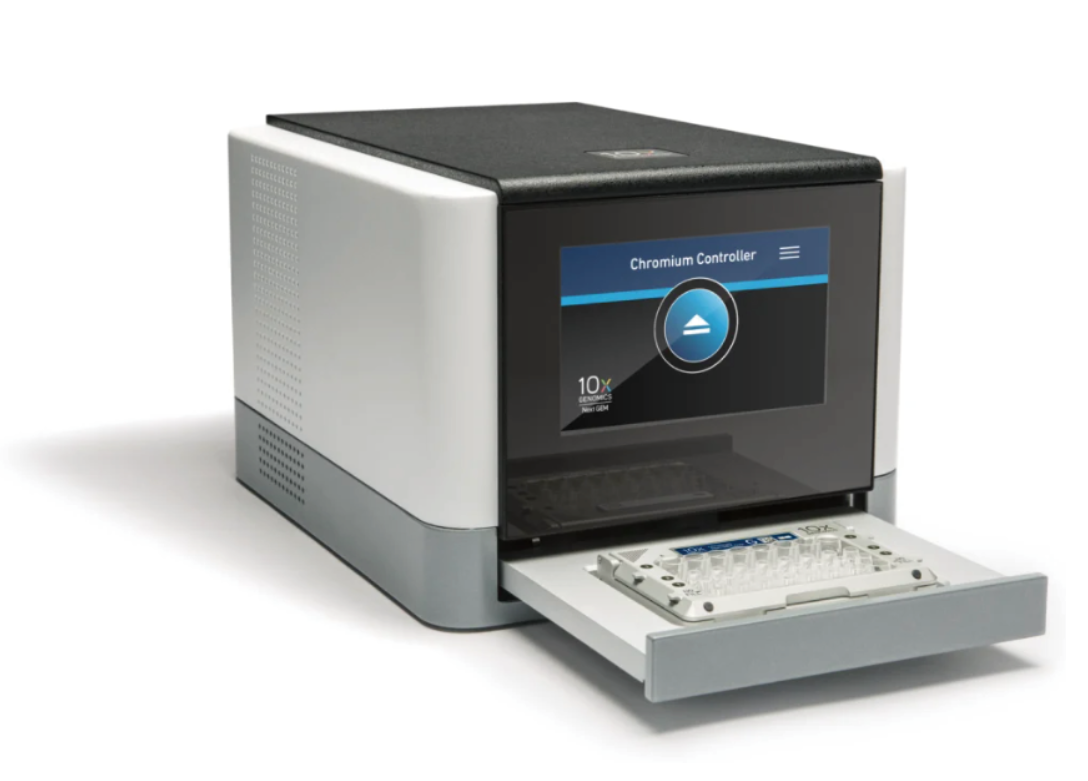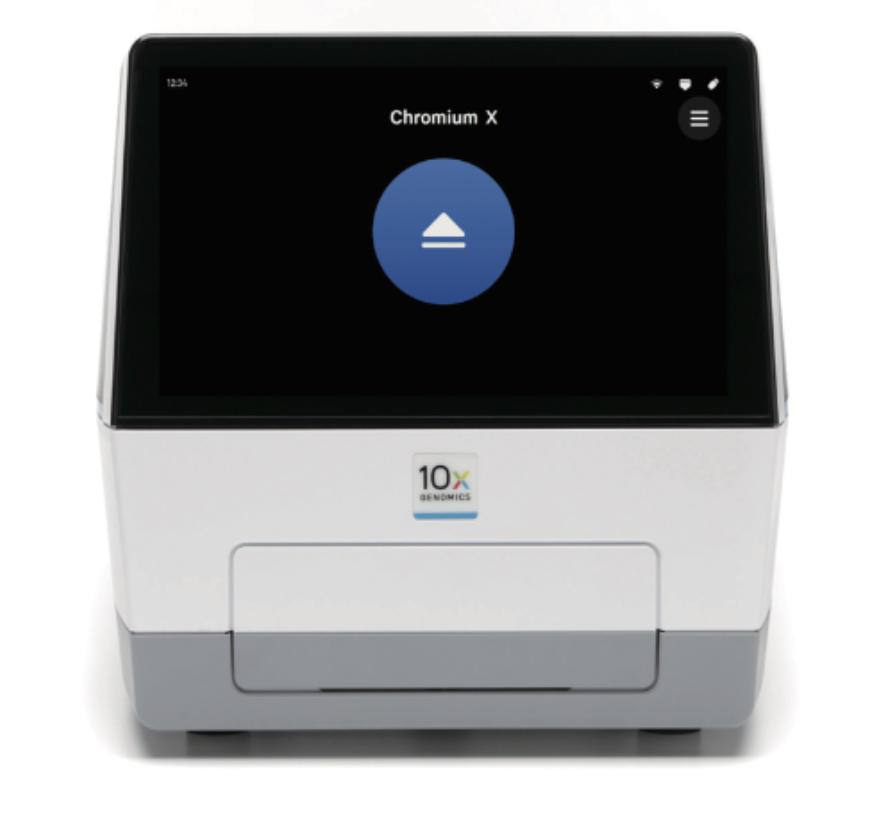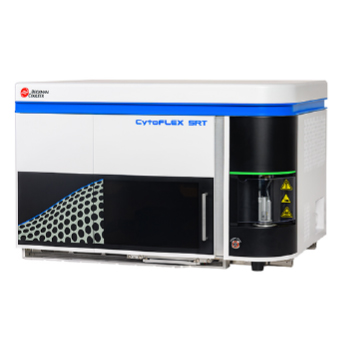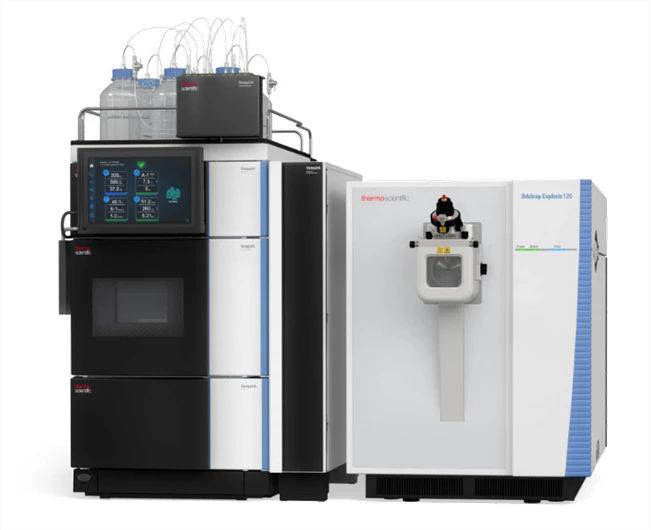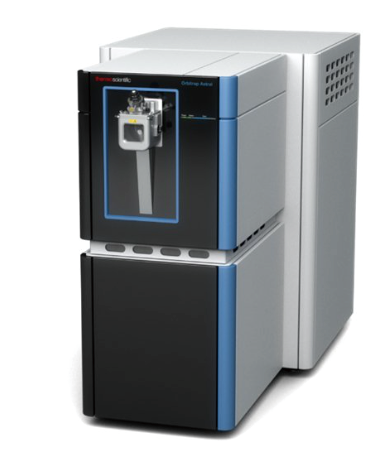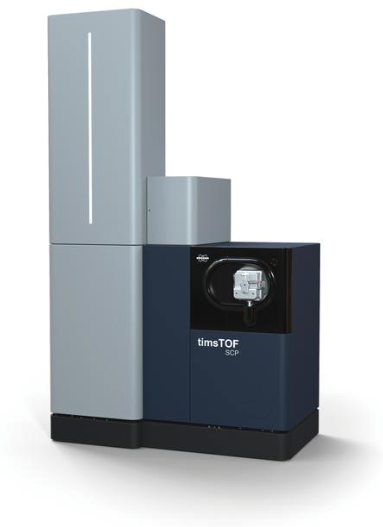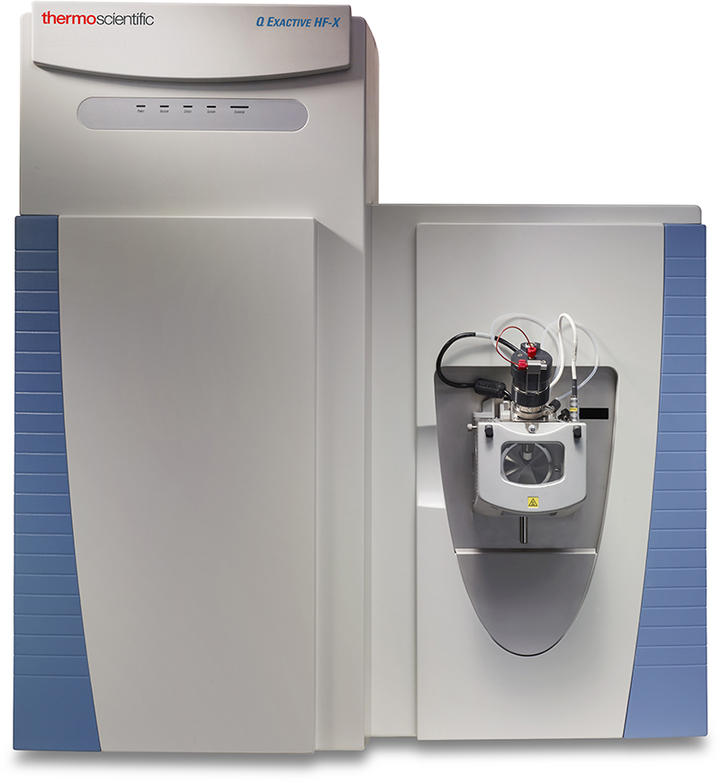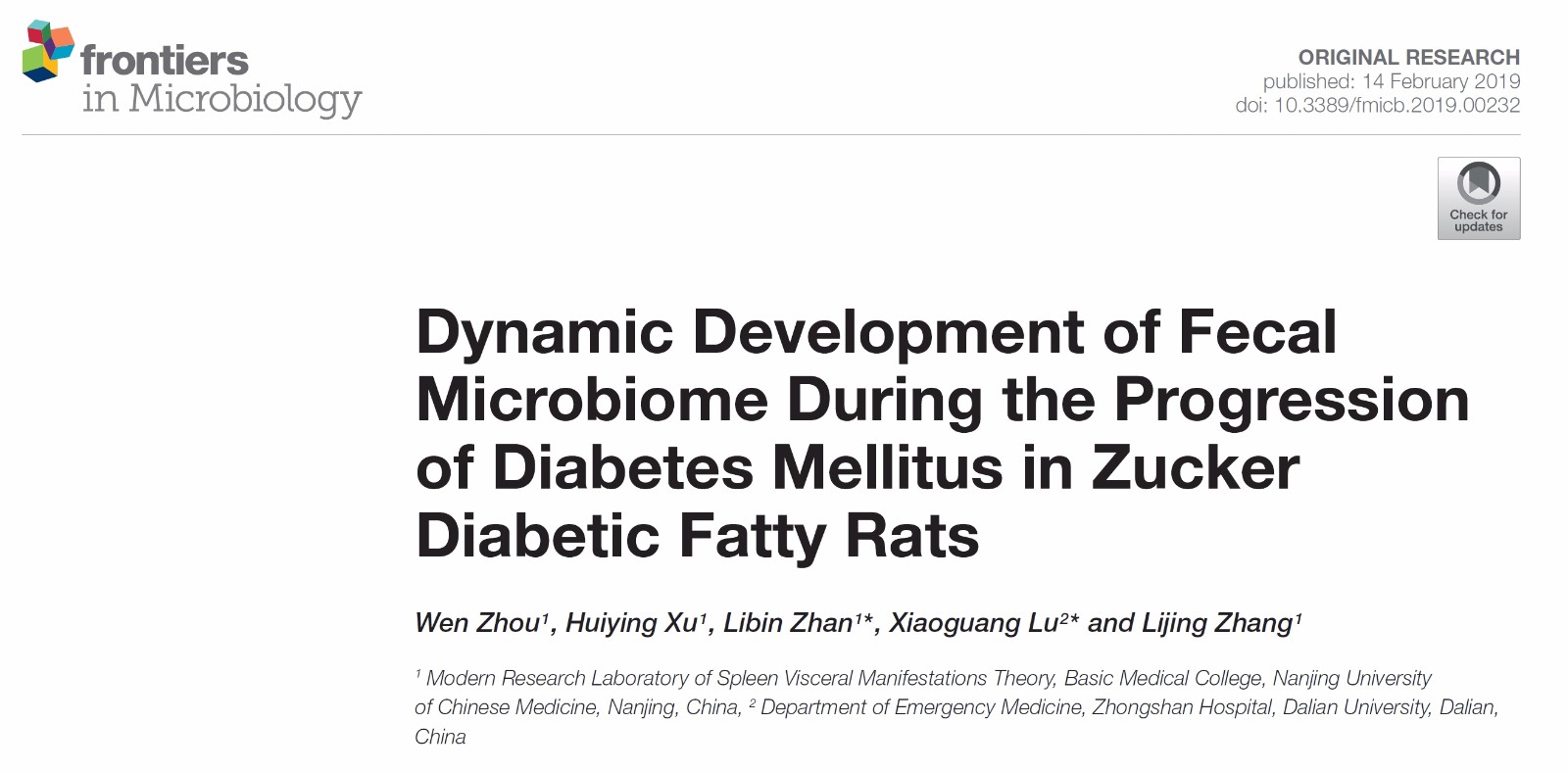
Background:
Although substantial efforts have been made to link the gut microbiotato type 2 diabetes, dynamic changes in the fecal microbiome under the pathological
conditions of diabetes have not been investigated.
Methods:
Four male Zucker diabetic fatty (ZDF) rats received Purina 5008 chow[protein = 23.6%, Nitrogen-Free Extract (by difference) = 50.3%, ?ber (crude) = 3.3%,ash = 6.1%, fat (ether extract) = 6.7%, and fat (acid hydrolysis) = 8.1%] for 8 weeks.A total of 32 stool samples were collected from weeks 8 to 15 in four rats. Todecipher the microbial populations in these samples, we used a 16S rRNA gene sequencing approach.
Results:
Microbiome analysis showed that the changes in the fecal microbiomewere associated with age and disease progression. In all the stages from 8 to15 weeks, phyla Firmicutes, Bacteroidetes, Actinobacteria, and Proteobacteria primarilydominated the fecal microbiome of the rats. Although Lactobacillus and Turicibacterwere the predominant genera in 8- to 10-week-old rats, Bi?dobacterium, Lactobacillus,Ruminococcus, and Allobaculum were the most abundant genera in 15-week-old rats.Of interest, compared to the earlier weeks, relatively greater diversity (at the genus level)was observed at 10 weeks of age. Although the microbiome of 12-week-old rats hadthe highest diversity, the diversity in 13–15-week-old rats was reduced. Spearman’scorrelation analysis showed that F/B was negatively correlated with age. Random bloodglucose was negatively correlated with Lactobacillus and Turicibacter but positivelycorrelated with Ruminococcus and Allobaculum and Simpson’s diversity index.Conclusion: We demonstrated the time-dependent alterations of the abundance anddiversity of the fecal microbiome during the progression of diabetes in ZDF rats. At thegenus level, dynamic changes were observed. We believe that this work will enhanceour understanding of fecal microbiome development in ZDF rats and help to furtheranalyze the role of the microbiome in metabolic diseases. Furthermore, our workmay also provide an effective strategy for the clinical treatment of diabetes throughmicrobial intervention.
Keywords:
16S gene sequencing, fecal microbiome, type 2 diabetes mellitus, gut microbiota, time series, ratmicrobiome



